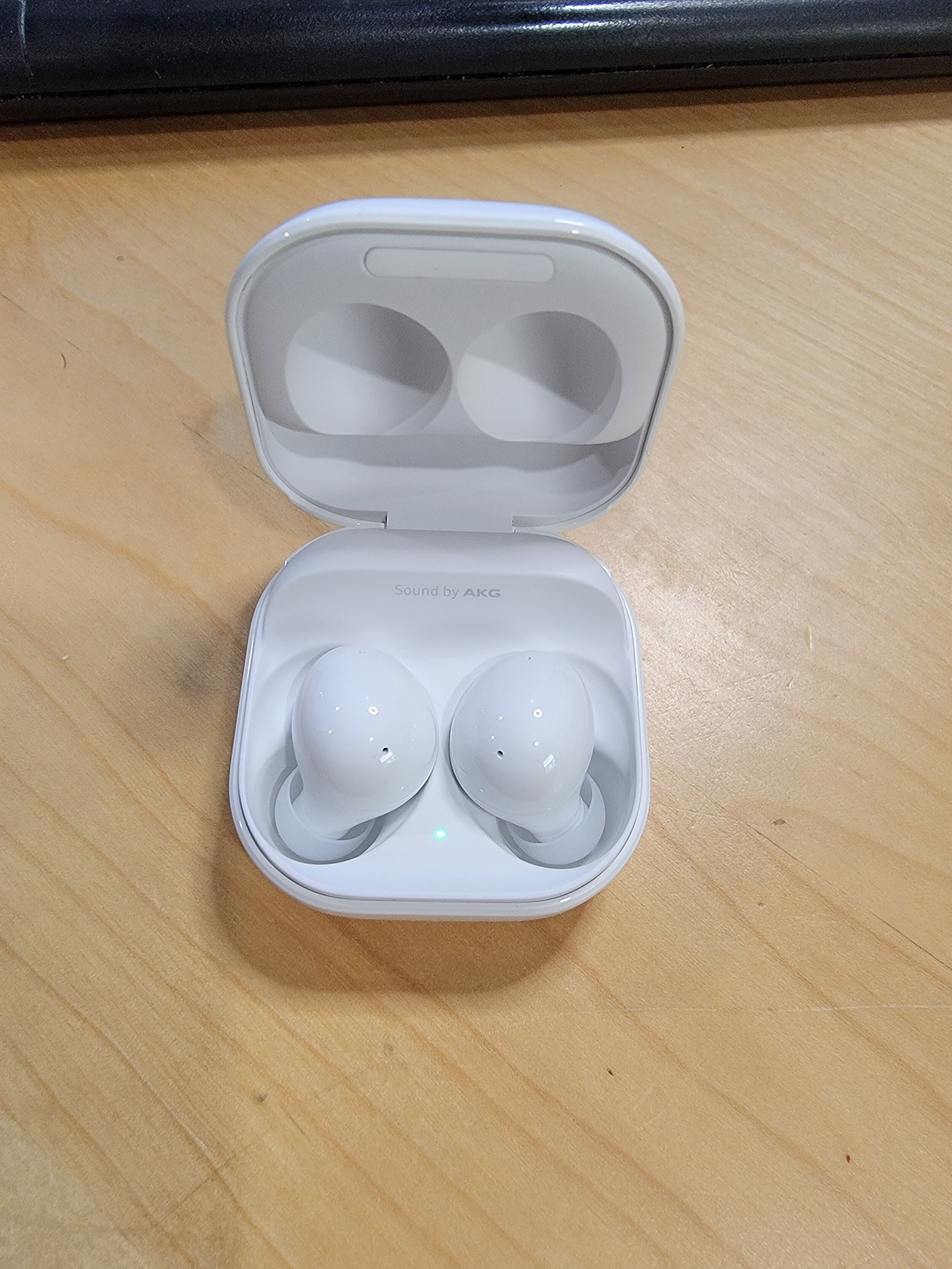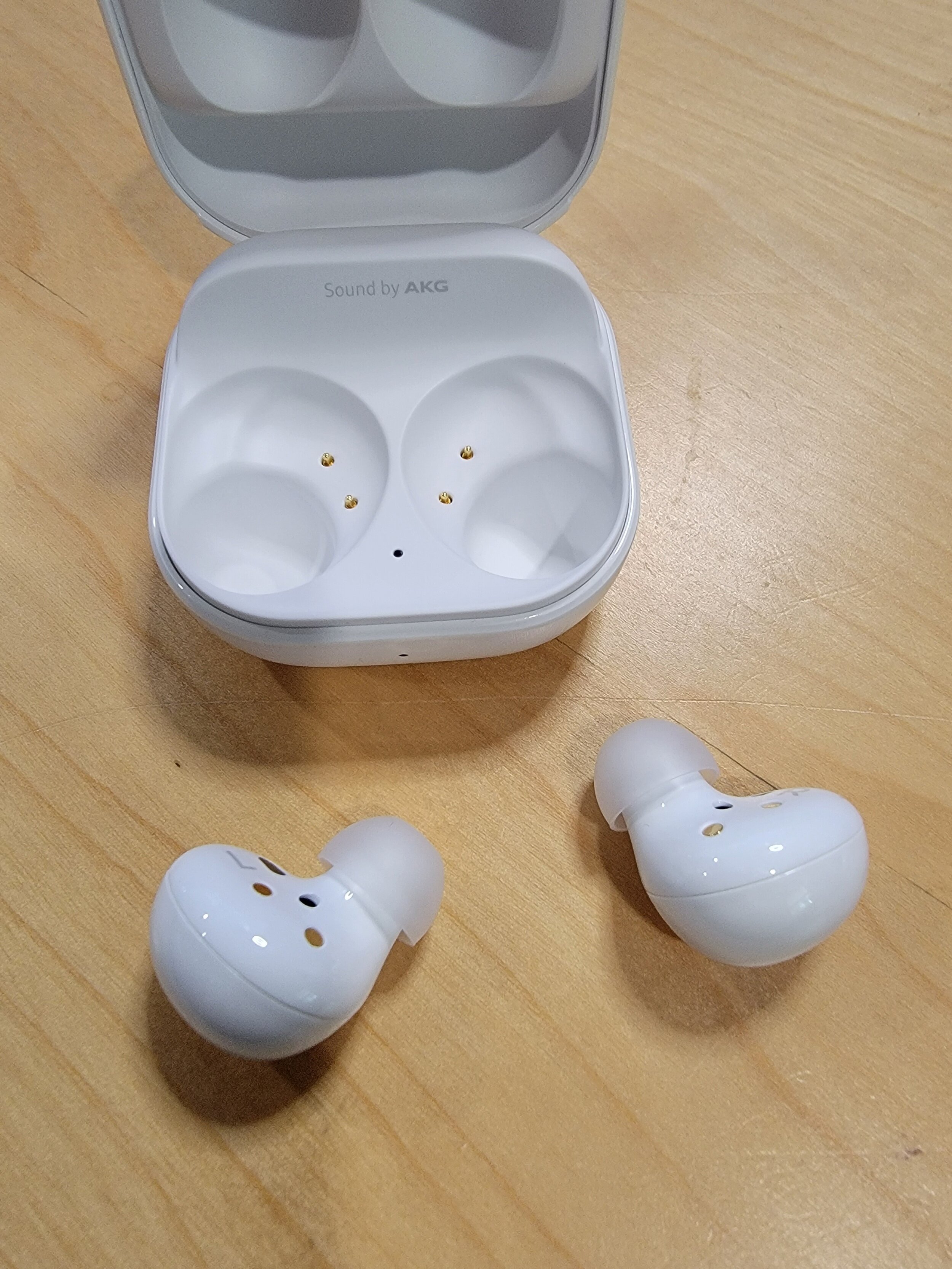Samsung Presses Advantage in Foldables, Launches New Watches and Earbuds
Summary
Foldables are still more expensive than slab phones, but Samsung has added durability and functionality to the Galaxy Z line, and the Galaxy Z Flip3 pricing is now no different than other premium smartphones like Samsung's Galaxy S21+ or an iPhone 12 Pro. Samsung is making major changes to its Galaxy Watch line and pricing them aggressively, and the Galaxy Buds2 earbuds strike a terrific balance between comfort, sound quality, and value.
Context and Car analogies
As we noted back in December of last year, Samsung is investing heavily in foldable technology now because it can capitalize on its early entry into the category if it can push foldables closer to mainstream buyers while it still has minimal competition. Samsung is up to its third generation while most of its rivals are on their first attempts or have not entered the market at all. Samsung also has the advantage of being able to tap internal flexible display fab resources.
Early foldable smartphones were like exotic automobiles: they had some extraordinary capabilities and price tags to match, but they also lacked features found in more pedestrian models and needed to be handled with special care. With each subsequent foldable generation, Samsung has brought prices down, features up, and added capabilities that make the phones more durable. To continue the car analogy, Samsung’s latest foldables are still not quite mainstream family sedans, but they can certainly be used as daily drivers for your commute.
Apple almost certainly has foldables in its labs, but the earliest anyone speculates that Apple plans to launch an iPhone that folds on purpose will be in 2023 or 2024. Huawei does have a refined foldable – modeled after the Galaxy Z Fold2 after starting with an exterior folding design – but it cannot build them in meaningful volumes due to U.S. government sanctions. LG was planning a rollable but has exited the mobile market entirely. That leaves Xiaomi’s first generation Mi Mix Fold and Lenovo’s second generation Motorola Razr 5G as the only real competition.
Galaxy Z Flip3
The Galaxy Z Flip3 addresses three key pain points from its predecessor: the nearly useless exterior display is now larger and more interactive, the phone is more durable, and the price now starts at $999.
While the 1.9” cover screen is still not as useful as pairing the Galaxy Z Flip3 with a smartwatch, it is 4 times larger than its predecessor, it can be used as a selfie mirror, and it can be outfitted with useful widgets like Samsung Pay. If you do pair the Galaxy Z Flip3 with a Galaxy Watch4, you can coordinate the cover screen with your watch face. Both Galaxy Z phones are now IPx8 water resistant and have more durable screen construction (the Z Flip3 is 30% more durable than before). Samsung also added the latest Qualcomm Snapdragon 888 processor, improved the interior display with a 120Hz refresh rate, and added stereo speakers with Dolby Atmos. The Galaxy Z Flip3 is just as delightful to fold down into a pocketable size as before, but Samsung has made it easier to live with, and it is now priced in the same range as ordinary premium smartphones that only fold if you sit on them by accident.
Samsung’s goal with the Galaxy Z Flip3 is not to compete for people cross-shopping Motorola’s RAZR 5G, but to attract iPhone buyers. To that end, it is important to note that our cream-colored Galaxy Z Flip3 review unit is really, really pretty. There is definitely an element of fashion to the Z Flip line, even before considering Thom Browne limited editions and some funky new case options.
Galaxy Z Fold3
The Galaxy Z Fold3 also gets a price cut – it starts at $1800 before Samsung or carrier incentives – but that is still well above the non-folding competition. It is worth noting that many consumers will pay far less: U.S. carriers are offering serious incentives on the new Samsung foldables and watches. With trade-ins and service plans, AT&T and T-Mobile will take up to $1,000 off of the phones and are selling the watches for free or BOGO.) [Update: Verizon is also offering similar deals, including $1,000 off with trade-ins, buy a Z Fold3/get a Z Flip3 free, and $500 off switching costs from rivals.]
These incentives are costly for Samsung and the carriers to offer, and they are driven by a combination of factors: a robust secondary market for specific phone models, a desire to boost sales without resorting to outright discounts that erode perceived value, and, for carriers, these deals almost always include a service level requirement, an extended device payment term, or both. Carriers no longer offer lock you into long service contracts, but they do want to find other ways of keeping you captive, and device contracts are an effective alternative.
For the additional expense, Samsung has turned the Galaxy Z Fold3 into a productivity powerhouse. It not only has a huge 7.6” interior display with under-display selfie cam, it can be used as a slate for writing or drawing with an optional Z Fold3-specific S-Pen. The interior display is much brighter and 80% more durable than before. The exterior display now matches the interior’s 120Hz refresh rate. Like the Z Flip3, the Z Fold3 is IPx8 water resistant, has a Qualcomm Snapdragon 888, and stereo Dolby Atmos speakers.
Hardware iteration is only one way that Samsung is building on its lead in foldables. Arguably more important, Samsung is also succeeding in getting ISVs to optimize apps for hinge-dependent “flex” modes and the Z Fold3’s larger display. During Unpacked, Samsung showed a logo slide with dozens of apps that have been updated for the Galaxy Z Fold3 including streaming and social media, but the key OEMs for productivity are Google, Microsoft, and Samsung itself. For example, Microsoft Teams will adjust to laptop configuration and a digital whiteboard supports S Pen input. Email and calendar can utilize folder views that make better use of the screen real estate, and Samsung has a PC-like app toolbar running across the side. These capabilities can make the Galaxy Z Fold3 worth the investment for consumers and will be challenging for competitors to match.
So Is This an Enterprise Product?
At Unpacked, Samsung started its segment on the Galaxy Z announcements by talking about its Knox security suite, though this was intended to distance itself from Chinese competitors and compete with Apple’s messaging around privacy. IT managers can certainly manage either device securely if employees who buy them want to use them with corporate networks and services, and the Galaxy Z Fold3 in particular will be attractive to productivity-seeking mobile professionals. Some law and financial firms provide their senior staff with individual discretionary technology budgets, and these policies are spreading as companies move to hybrid work models. Plenty of companies spend more on Pro-level and mobile laptops, so entrepreneurs and executives with discretionary tech budgets will be sorely tempted to buy them, but it is hard to see an $1800 phone becoming standard issue at companies that provide devices directly to employees.
What Does S Pen Support on the Galaxy Z Fold3 Mean for the Note Line?
Samsung insists that the Note line is not dead, but amid component shortages it is not getting updated this year. If the Galaxy Z line sells well enough, that stance could change, but Samsung is unlikely to entirely abandon a niche it invented.
Consumers who bought the Note because it represented the pinnacle of Samsung’s technology should not miss it; the Galaxy S21 Ultra and Galaxy Z Fold3 are now both S-Pen capable. Consumers who bought the Note specifically for an integrated S Pen can still buy the Galaxy Note 20 or Note 20 Ultra; they lack the absolute best camera system and the latest processor, but they are hardly outdated, and prices have dropped. Samsung can promote the fact that it has publicly committed to at least three more years of software updates for the Note 20 to reassure consumers that it is worth investing in a year-old platform, but it is not like Samsung has any serious pen-oriented competitors to worry about.
Galaxy Watch4 and Watch4 Classic
Samsung’s smartwatches have been the best option for Android phone buyers, but that has not been a high bar to clear: Google seemed uninterested in WearOS, Qualcomm’s repurposed smartphone chipsets were inadequate, and smartphones based on skinned Android or RTOS options have generally been terrible. While Samsung’s Tizen smartwatches arguably have had the best user interface in the industry, getting them working on non-Samsung Android phones requires too many steps and apps, and the Tizen lacks wide third party app support. So Samsung is starting over with the Watch4, abandoning Tizen and working with Google on a new version of WearOS. Samsung’s WearOS watches will have a Tizen-like user interface overlay for continuity and ties to Samsung’s phones and ecosystem.
The hope is that by working with Google for the operating system, Galaxy Watch4 will offer the best of both worlds – better Android compatibility and much better app support on the watch. Samsung is also putting a brand new Exynos W920 processor in these watches, and is pricing them aggressively, starting at just $250. Qualcomm is overhauling its wearables roadmap with purpose-built silicon and Google is offering WearOS to other watch makers. However, until these products hit the market – and possibly even afterwards – Samsung’s Galaxy Watch4 is going to be the default Android smartwatch, which should really boost Samsung’s wearable sales. This success is unlikely to extend to iOS users; the Apple Watch is terrific, and Apple’s software integration limitations make it hard for WearOS watches to match the user experience.
Galaxy Watch4 carries over existing health and fitness capabilities like heart rate, ECG (in some geographies), and blood oxygen levels and adds two new health capabilities: BIA and greatly enhanced sleep tracking. BIA is a body composition measurement that usually requires a large footpad and provides a much better metric for general health and fitness than BMI. The new sleep tracking on the Galaxy Watch4 can coordinate with your Samsung phone to track snoring along with blood oxygen levels. For liability reasons, Samsung’s lawyers vehemently deny this is a sleep apnea detection system, but however they want to market it, this capability is going to save lives.
The Watch4 is essentially all new hardware, all new silicon, and all new software. Techsponential has had review units of both models for just a few hours; we will update this report or link to a follow-up once we have had time to evaluate them.
Galaxy Buds2
The market for wireless earbuds is extremely crowded, but Samsung has a winner with the Galaxy Buds2. We have been testing them for several days and found them to be small, light, and comfortable, with effective active noise cancellation and well-balanced sound. At $150, Samsung is pricing the Galaxy Buds2 reasonably, and while they lack some of the surround sound functionality of the more expensive Galaxy Buds Pro, they sound better and still offer nice ecosystem integration: they can automatically switch between Samsung Galaxy phones, tablets, and watches.
To discuss the full implications of this report on your business, product, or investment strategies, contact Techsponential at avi@techsponential.com or +1 (201) 677-8284.
Published 8/11/21. Updated 8/13/21 with additional discount information from Verizon, along with an explanation of what’s driving these incentives



















